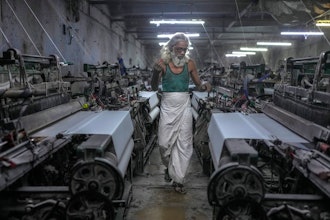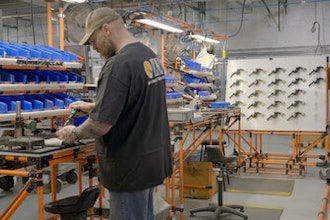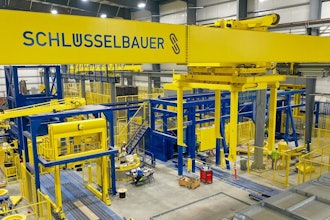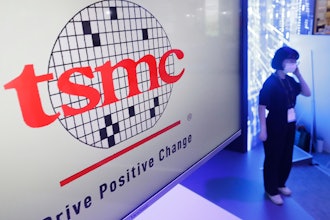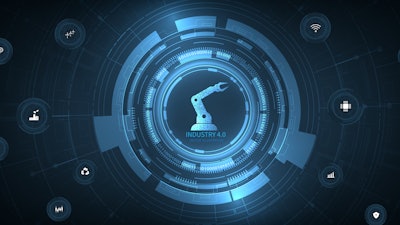
Manufacturers are rapidly embracing digital operations, yet many still depend on outdated risk assessments, which can lead to critical vulnerabilities remaining unchecked. I've been in manufacturing cybersecurity long enough to know one thing: most company leaders think they're safe – until they're not.
Consider the case of a global manufacturing organization that believed it had a strong handle on cybersecurity when, in reality, half of the facility's critical systems were operating with significant security vulnerabilities. This critical gap surfaced not because of a new threat, but because of risks the organization had deemed "acceptable" years ago.
This approach to cybersecurity risk management is all too common in manufacturing. Old, seemingly harmless risks that your team "accepted" years ago—and then promptly forgot about—could be a ticking time bomb sitting right under your nose.
The False Sense of Security
On paper, this manufacturer appeared to have everything right.
- Regular security checks? Check.
- Dedicated cybersecurity team? Absolutely.
- But here's the kicker: their risk management approach had a fatal flaw. Once a risk was initially accepted, it was never reviewed again.
Imagine driving a car and never checking the oil or the tires after the first inspection. Sounds crazy, right? But that's exactly what many manufacturers are doing with their technology. This oversight created a "set-it-and-forget-it" approach to risk management that exposed critical operational technology (OT) systems to evolving cyber threats.
Manufacturing isn't like other industries. You're not just managing computer networks – you're dealing with a complex ecosystem where business systems meet factory floor technology. It’s a delicate balance of information technology (IT) and operational technology (OT). Your robotic arms, temperature controls, and assembly line systems weren't originally designed with cybersecurity in mind, creating inherent vulnerabilities. These are legacy systems trying to survive in a hyper-connected digital world.
When these systems connect to IT networks—often necessary for modern digital manufacturing—they create an expanded attack surface that cybercriminals are eager to exploit. If attackers breach these systems, the consequences are immediate and severe—production lines grind to a halt, quality control systems fail, and an entire operation can be shut down within minutes—creating ripple effects throughout your entire supply chain.
Consider a ransomware attack targeting one of these unprotected OT systems. Years ago, when the risk was initially "accepted," ransomware might have been a minor concern. Today, with manufacturing becoming a prime target for cybercriminals, such an attack could devastate operations and result in millions in losses.
Recent history proves this isn't hypothetical. In 2021, Foxconn, a massive electronics manufacturer supplying tech giants like Apple and Google, faced a single ransomware attack that cost them over $100 million in estimated losses. How? Through a simple social engineering trick that was able to exploit vulnerable systems and encrypt files and data. Exactly the kind of evolving threat that outdated risk assessments fail to address.
Building a Dynamic Defense
How can manufacturing security teams fight back? Organizations can protect themselves by implementing five critical strategies:
- Regular Risk Assessment Reviews. Establish an annual review committee to evaluate all accepted risks against current threat landscapes. What seemed harmless two years ago could be a major threat today. Technology evolves, and so do cyber threats.
- Network Segmentation. Isolate your critical OT systems from general network traffic. Think of network segmentation as creating different secure rooms in your house. If one room gets compromised, the entire building isn't at risk. This creates security boundaries that limit potential damage from cyber attacks and provides better control over data flow between systems.
- Enhanced Perimeter Protection. Deploy advanced perimeter protection that monitors and controls every bit of data flowing through your systems. Modern firewalls and intrusion detection aren't luxuries – they're absolute necessities. These create multiple layers of defense around critical OT environments.
- Secure Backup Infrastructure. Implement immutable backups for systems that are isolated from your main network. This ensures that you can restore your entire operation if everything else fails when ransomware strikes.
- The Human Element. Technical solutions are only part of the equation. Your technology is only as strong as the people operating it. That is why manufacturing organizations must also address human vulnerabilities through comprehensive training programs and updated operational procedures. This includes establishing strict protocols for verifying vendor communications, validating payment information changes, and monitoring for social engineering attempts.
As manufacturing continues its digital transformation, a proactive and adaptive cybersecurity strategy is essential. Organizations must evolve their approach to risk management from a static, one-time assessment to a dynamic, continuous process that acknowledges human vulnerabilities and the changing threat landscape.
The manufacturers who will be standing strong five years from now aren't the ones with the most expensive technology. They're the ones who treat cybersecurity as a critical part of their business strategy, not just another checkbox.










